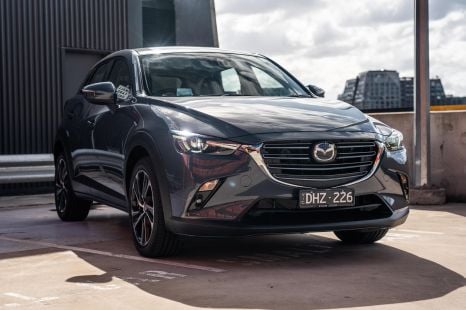

Josh Nevett
2026 Mazda CX-3 review
39 Minutes Ago
Amidst a cost of living crisis, budgets are tighter than ever. Here's a breakdown of the running costs associated with new car ownership.

Deputy Marketplace Editor
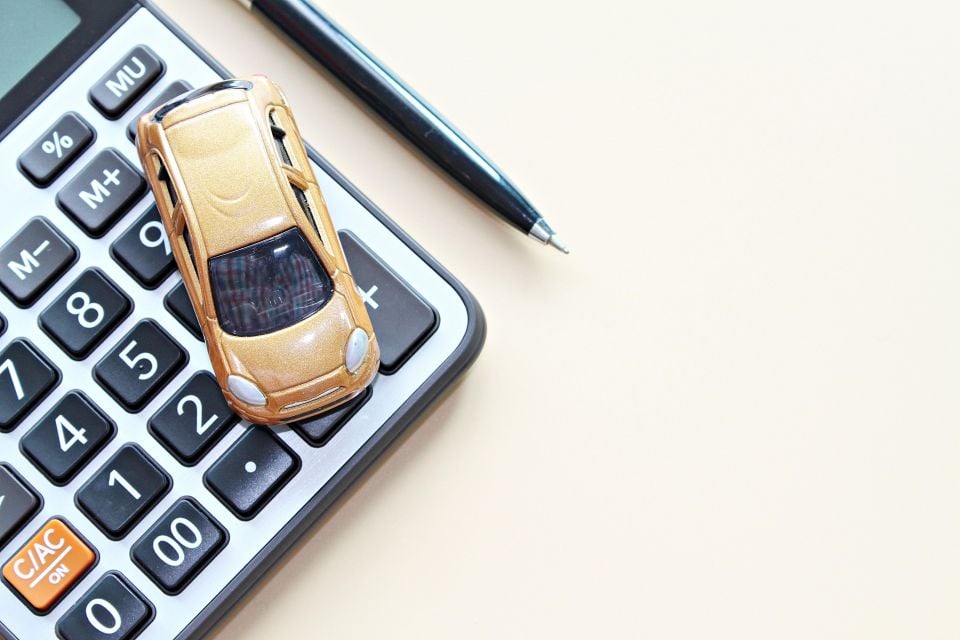

Deputy Marketplace Editor
When it comes to buying a new car, the financial commitment extends long past your signature on the dotted line at the dealership.
In fact, there are several costs to consider while living with your latest and greatest shiny automobile.
Fuel, insurance and servicing costs come to mind immediately, as well as registration and licensing. Other running costs fly under the radar, such as parking fees, toll charges, roadside assistance and depreciation.
100s of new car deals are available through CarExpert right now. Get the experts on your side and score a great deal. Browse now.
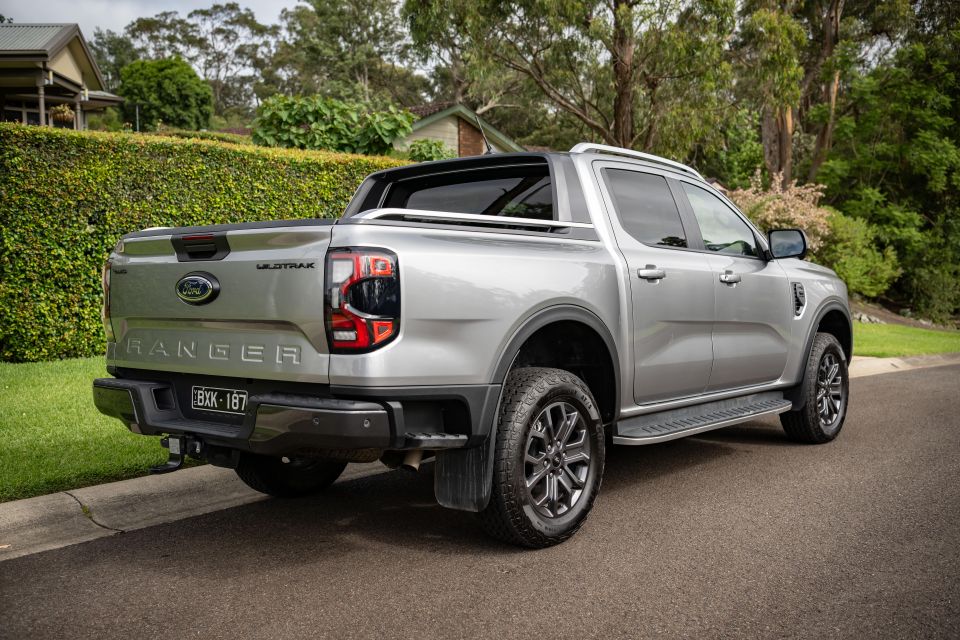
So, what should you expect to spend on upkeep for a new car?
We’ve crunched the numbers, using data from the Australian Automobile Association (AAA) transport affordability report for the second quarter of 2024, which measures costs per household, per year.
Australian households owned an average of 1.8 vehicles in 2021 according to Australian Bureau of Statistics (ABS) Census data, so we’ve included costs for both households and individuals.
| Running costs | Average single-car cost over first year |
|---|---|
| Depreciation | 20-30% of vehicle value |
| Loan repayments | $6119 |
| Fuel/EV charging | $2930 (fuel) $500 (electric, AC charging) |
| Servicing, tyres and repairs | $1022 |
| Insurance | $1259 |
| Registration, CTP and licensing | $928 |
| Parking and tolls | $447 |
| Roadside assistance | $68 |
| Total | $12,773 + depreciation (ICE) $10,343 + depreciation (EV) |
The value of a new car begins to decline as soon as you drive it out of the dealership.
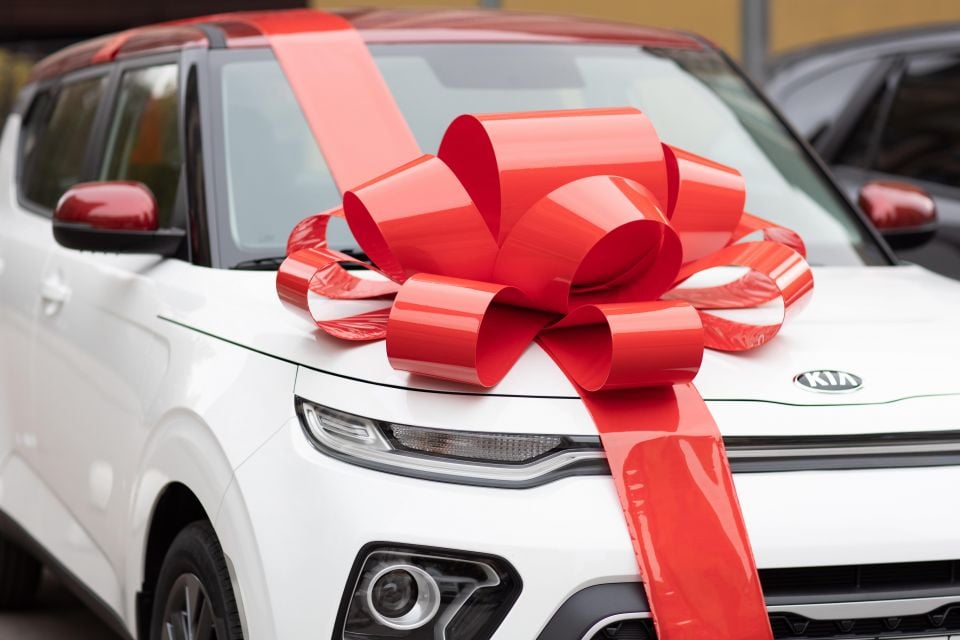
It’s a tough reality that has forever faced new car buyers, and the depreciation curve is particularly steep over the first few years of a vehicle’s life.
While the average dollar amount fluctuates wildly depending on the vehicle, most cars lose 20-30% of their value in the first year, amounting to thousands of dollars.
Not all new cars depreciate equally. For example, in-demand models such as the Toyota RAV4 generally depreciate at a slower rate, while cars from the European luxury brands generally drop value more quickly.
Car loan repayments are the single largest ongoing expense that any new car buyer needs to consider.
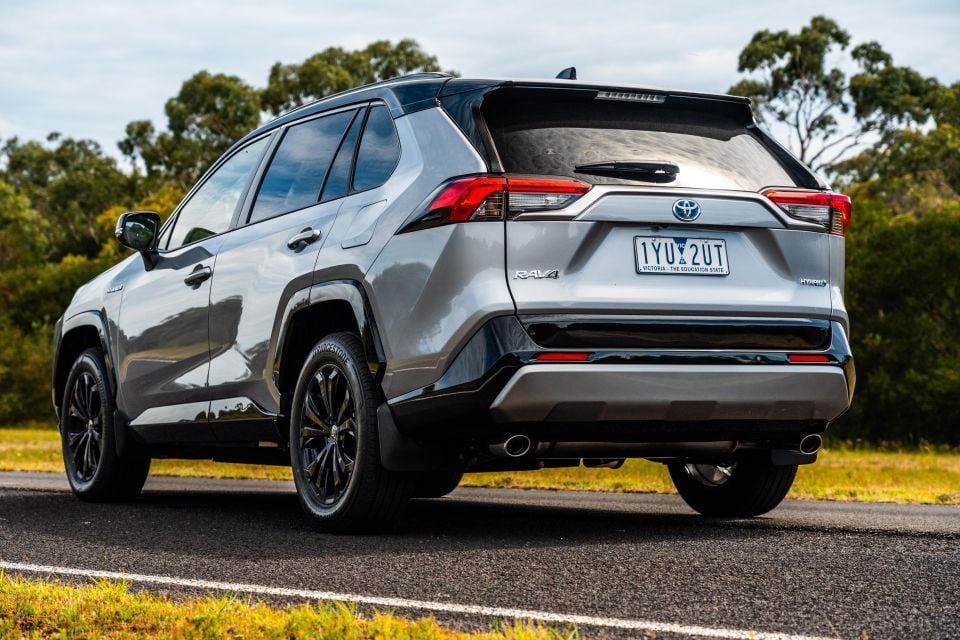
There are two main options when it comes to paying for a new car – you can either pay the full sum upfront, drawing on existing savings, or you can opt for a finance package.
If you’re in the position to buy a new car in cash, then this category doesn’t apply to you.
Financing a new car involves taking out a loan with a lender and agreeing to pay it back in instalments, plus interest, over a set period. A loan can be obtained from either the finance division of a car dealer, or from external lenders.
Average loan payments tally $11,015 each year per household, according to second quarter 2024 data from the AAA.
Fuel and electric vehicle (EV) charging costs are likely the most common outlay you’ll encounter as a car owner, with most motorists heading to the pump or cable at least once per fortnight.
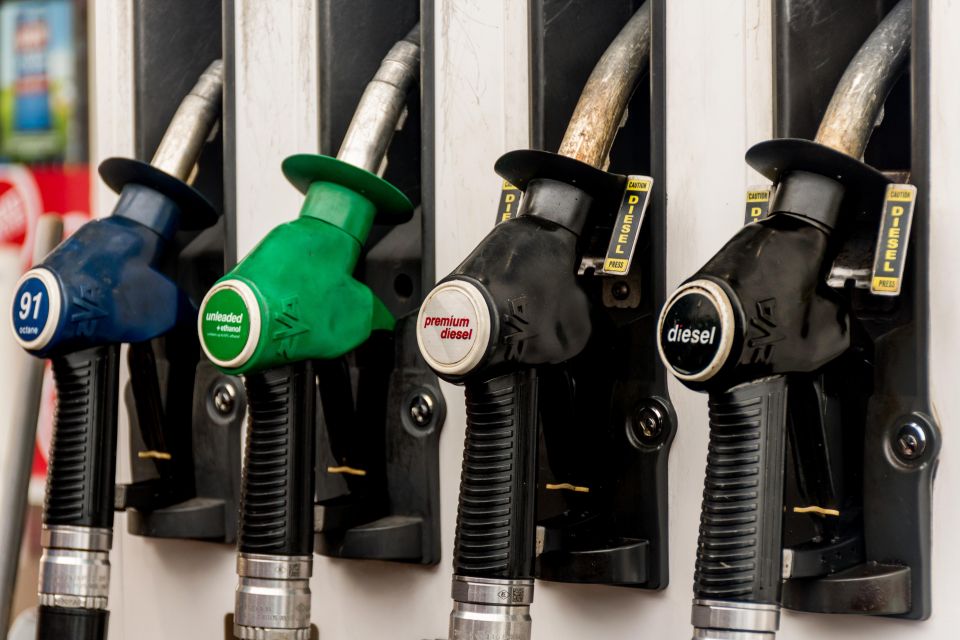
The average Australian household will fork out $5275 per year on fuel, making up 22.1 per cent of their yearly transport costs.
Electric car owners on the other hand spend less to charge their vehicles. The Electric Vehicle Council claims an EV owner who drives 12,000km per year will spend $500 each year to charge using the grid.
That figure inflates when charging at public fast-charging facilities, although it remains cheaper than refuelling an internal combustion engine (ICE) car.
Servicing is the cost of submitting your car for routine maintenance at a dealer or independent mechanic.
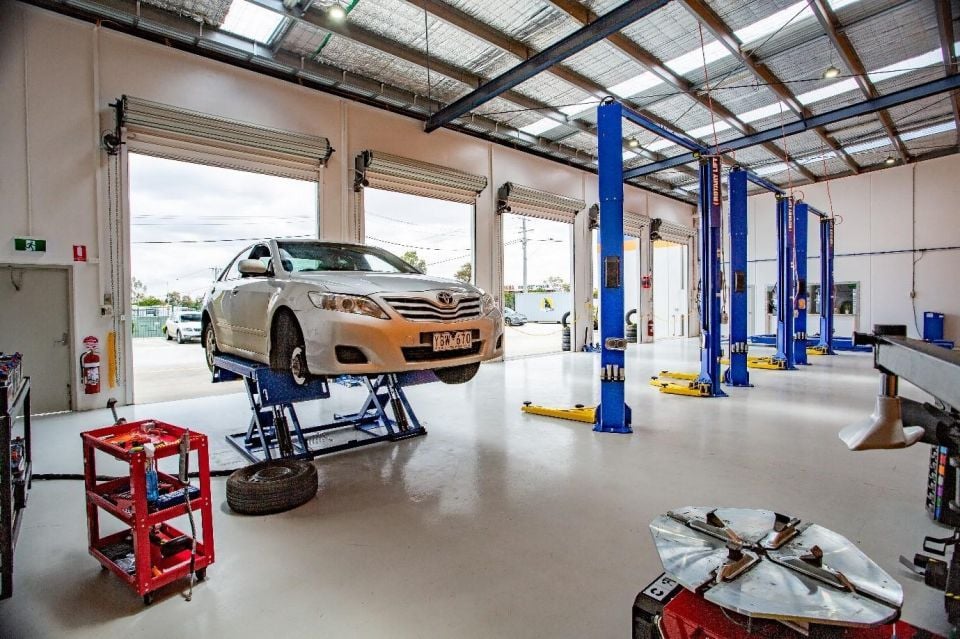
Most manufacturers require that a new car is serviced at least every 12 months or 15,000km, although electric vehicles (EVs) often have longer service intervals.
For example, Tesla doesn’t set a service schedule for its cars, instead recommending condition-based maintenance.
Australian households spend an average of $1839 per year on servicing, including the fitment of new tyres when required. That equates to a spend of $1022 per car.
For new cars, most unexpected repairs outside of routine servicing are covered under warranty.
In Australia, all car owners are required to have compulsory third party (CTP) insurance.
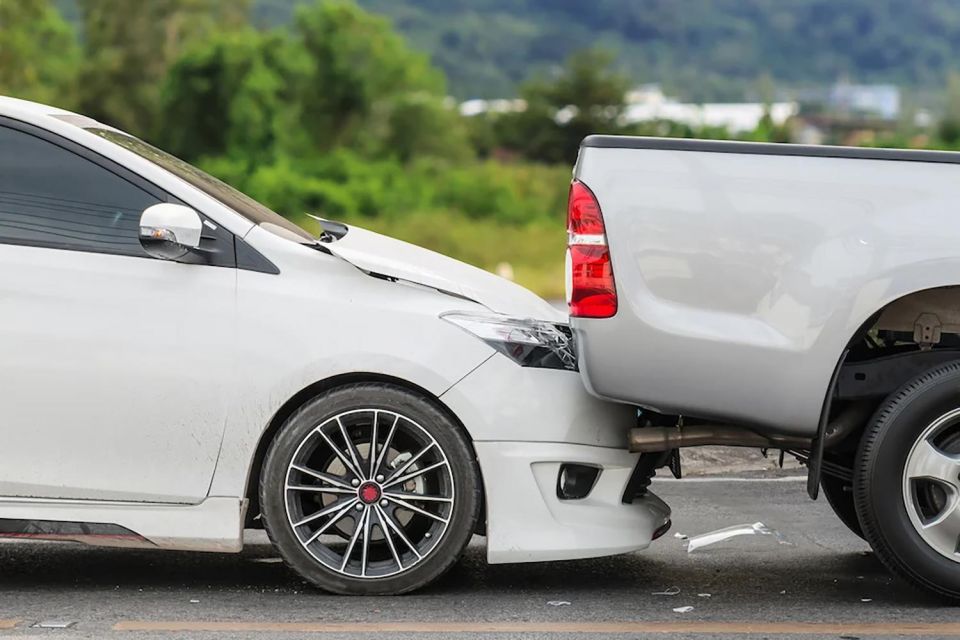
However, the vast majority also elect to purchase insurance that builds on the basic level of cover offered by CTP insurance.
Above CTP sits third party property damage insurance, which covers you for the cost of another person’s car or property, but does not cover your vehicle.
Fire and theft insurance adds another layer, offering coverage for your car in the event that it’s damaged or destroyed by fire, or if it’s stolen.
Comprehensive insurance sits at the top of the tree, as a popular option for car owners wanting to cover all their bases.
In addition to the cover mentioned above, a comprehensive insurance policy covers the cost of repairs or replacement of your own vehicle in the event of an accident, regardless of whether you are at fault. It also usually covers damage caused by extreme weather events.
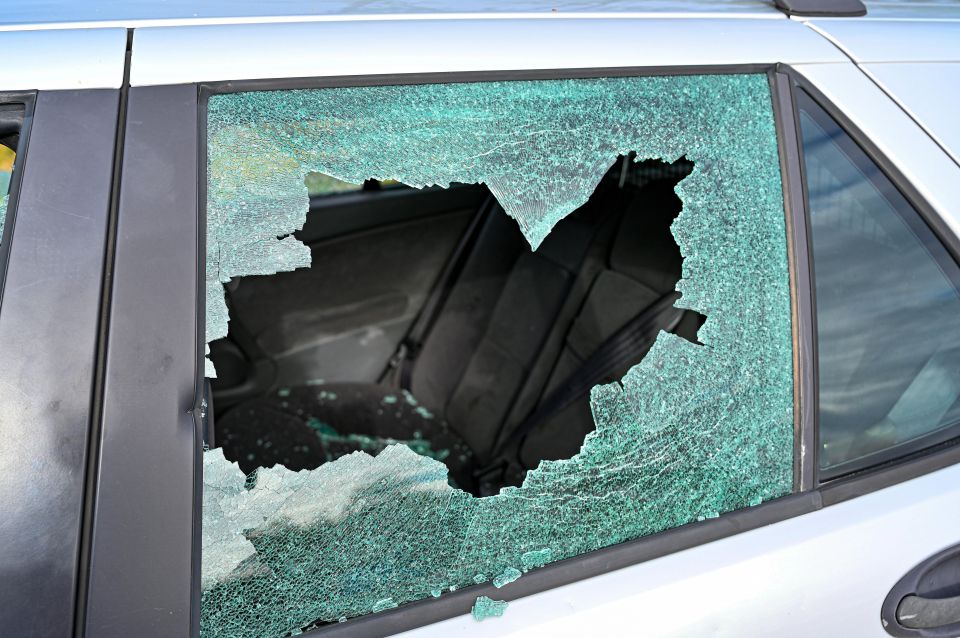
Comprehensive insurance is the most expensive of the common insurance options, but it is also the most popular.
The average household spends $2266 per year on comprehensive insurance, or $1259 per car.
Registration is the fee you pay to legally drive a specific car on public roads. It is usually charged as an annual fee, although other payment periods are available.
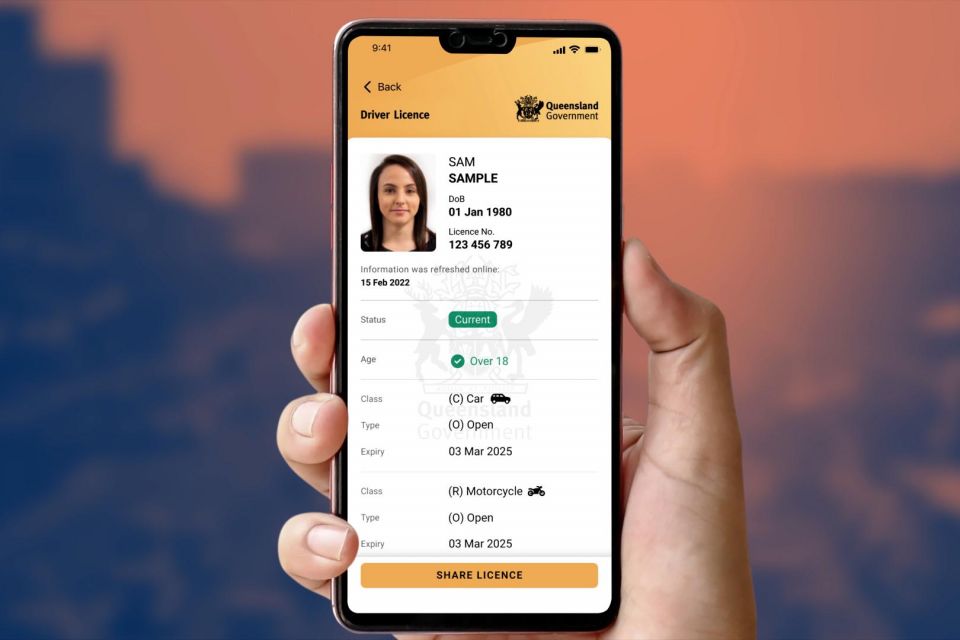
Registration documents are used by transport authorities, police, toll operators and road safety cameras to identify a vehicle.
Included as part of the registration charge in all states and territories, except New South Wales (NSW), is compulsory third party (CTP) insurance. This protects drivers from the financial impact of causing injury or death in a motor vehicle accident anywhere in Australia.
Motorists are required to obtain CTP insurance from a third-party insurer in NSW.
Registration and CTP insurance costs vary significantly across Australia – the respective governments charge differing fees and also base them on different criteria.
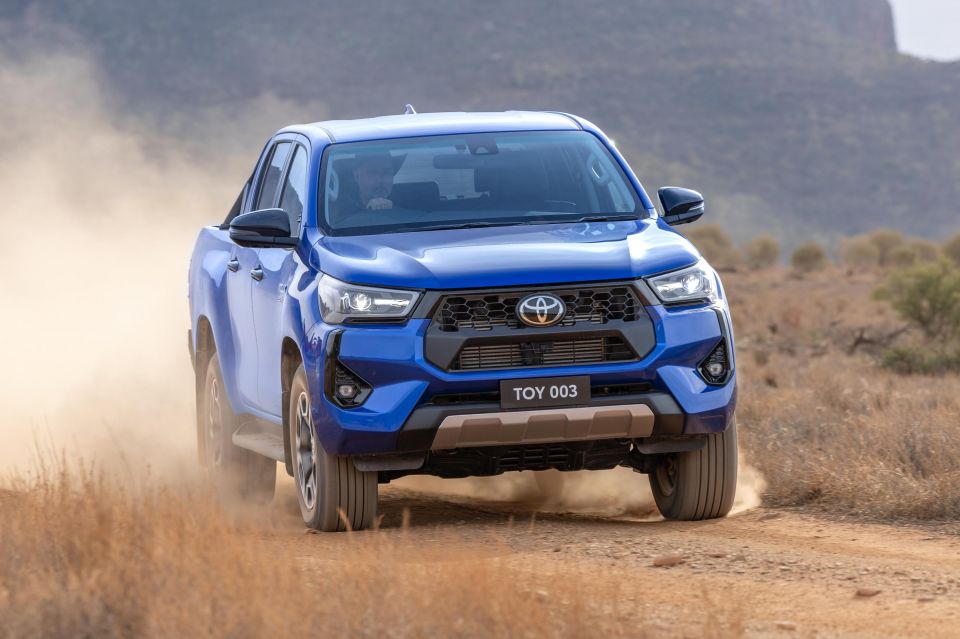
Licensing is another requirement for people who wish to drive legally in Australia. Where registration permits a vehicle to be driven on public roads, licensing instead permits an individual to drive a certain category of vehicle.
For instance, it is illegal for someone to drive unlicensed, even if the car is registered.
Licensing charges also fluctuate from state to state.
On average, the combined cost of registration, CTP and licensing for a household in a single year is $1671, based on data collected by the AAA for the second quarter of 2024.
It probably goes without notice much of the time, but toll charges and parking fees are significant contributors to a car’s running costs.
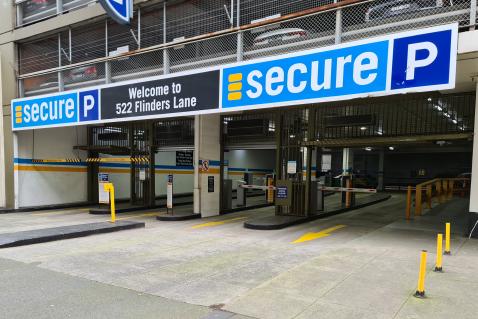
Inner-city office workers can end up paying astronomical amounts to park their cars in a convenient location, although the average per household was $225 in 2015-16 as reported in the ABS household spending survey.
If parking costs don’t get you, tolls probably will. Toll roads are roads where you have to pay a fee to travel on them, such as the CityLink in Melbourne.
Most of the toll roads in Australia are partially owned or operated by Transurban, a private company, in conjunction with governments.
The average Australian household spends $580 per year on tolls.
Roadside assistance is a service offered to help drivers who experience car troubles on the road, whether it’s a breakdown or flat tyre.
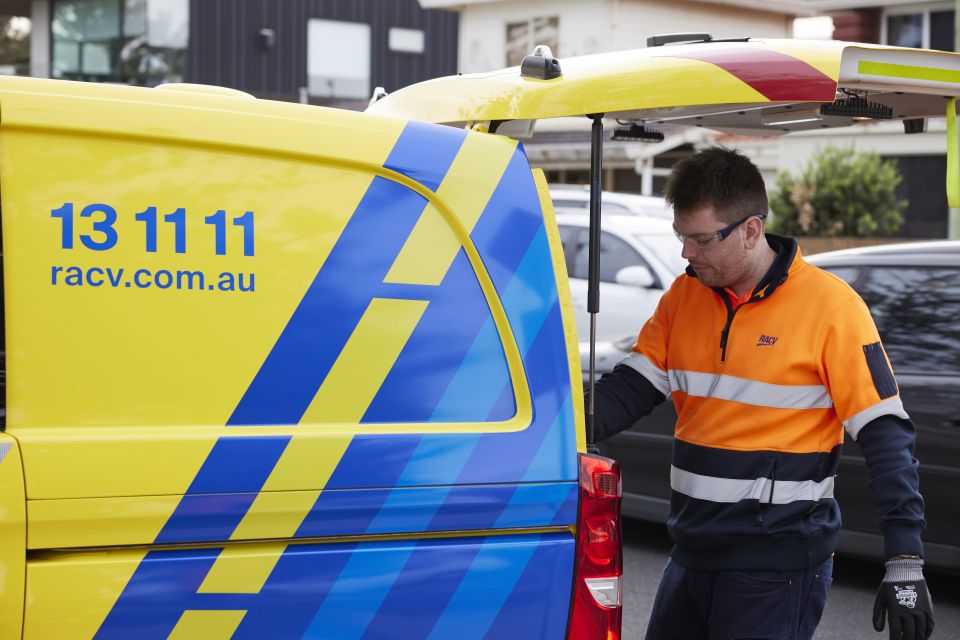
Motorists are able to purchase roadside assistance as an annual subscription from state-based motoring clubs (e.g. RACV), car insurers, car manufacturers, and other third-party providers.
The household average spend on roadside assistance is $123 per year.
Josh Nevett is an automotive journalist covering news and reviews, with a background in motorsport journalism.


Josh Nevett
39 Minutes Ago
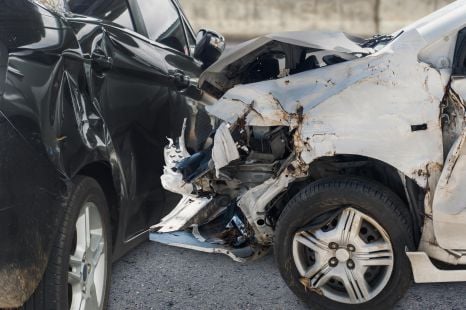

Alborz Fallah
9 Hours Ago


Marton Pettendy
11 Hours Ago
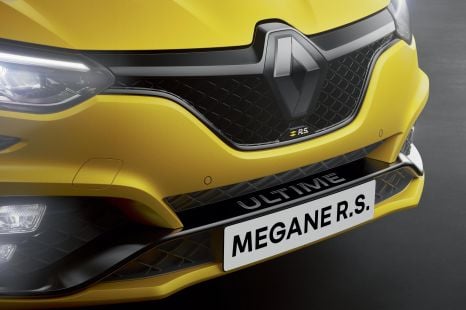

Ben Zachariah
13 Hours Ago
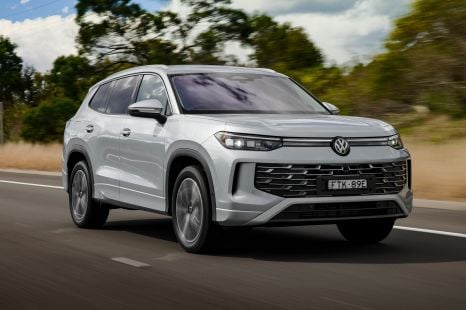

Damion Smy
13 Hours Ago
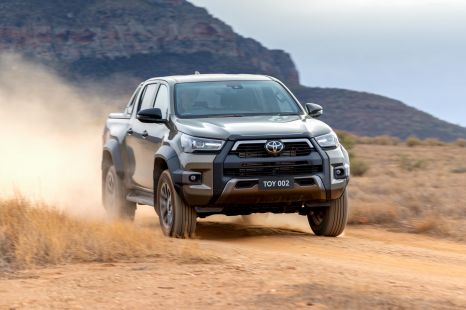

Damion Smy
15 Hours Ago